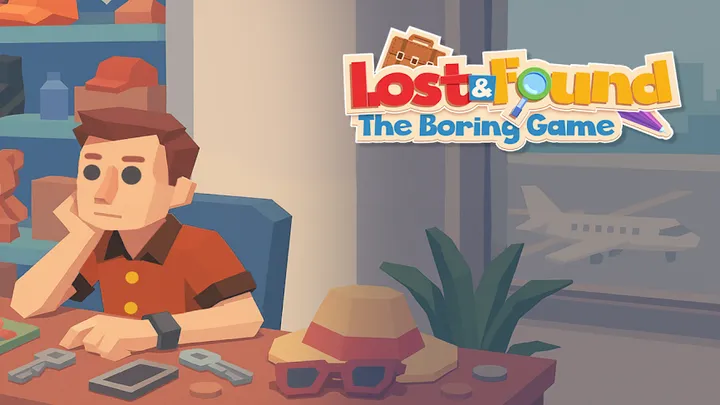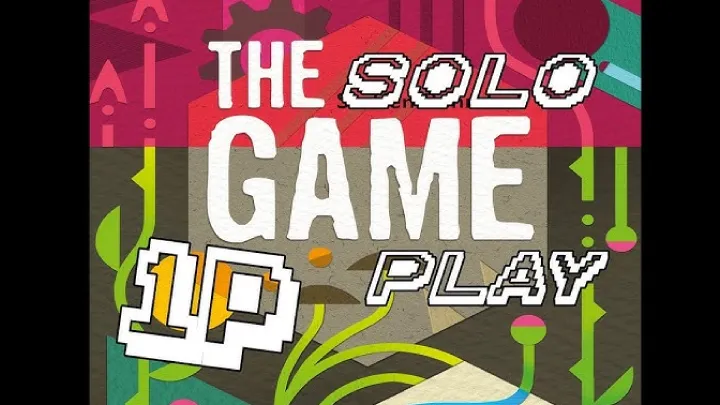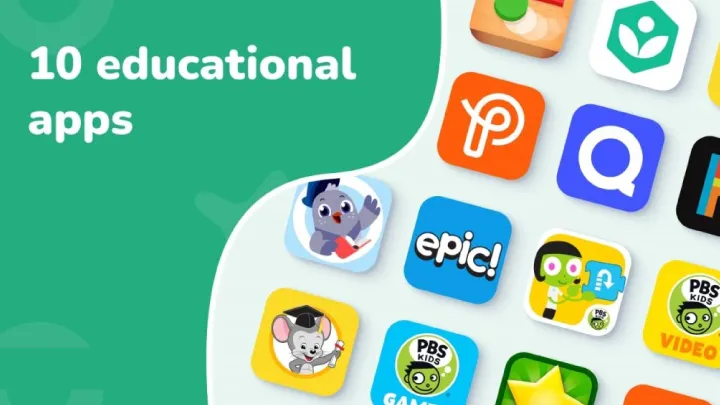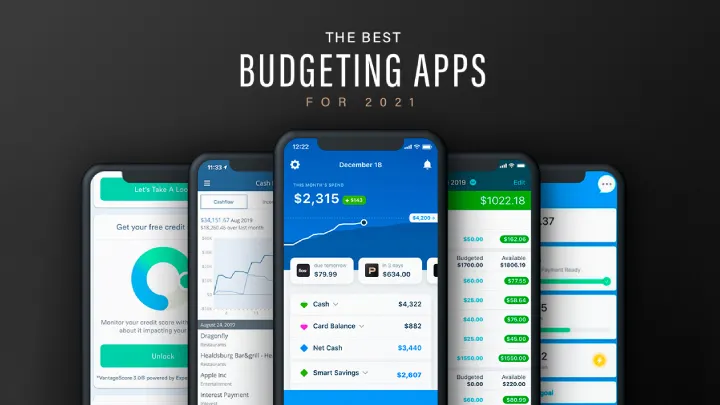Introduction
In a world where global communication matters more than ever, language learning has transformed from a niche hobby into a widespread, essential skill. Among the plethora of language-learning apps available today, Duolingo stands out as a groundbreaking platform that makes the process accessible, playful, and effective. Since its launch in 2011, it has grown into one of the most popular educational apps worldwide, with over 500 million users.
In this article, we offer a deep dive into Duolingo—exploring how it was born, what features make it so engaging, how its learning method works, its cultural and educational impact, the challenges it faces, and what the future might hold. We aim to trace its evolution from a simple gamified app to an educational ecosystem that supports language learners around the world.
1. How Duolingo Began: Origins and Mission

Duolingo was founded in 2011 by Luis von Ahn and Severin Hacker. The project's roots lie in an ambitious vision: to make education, particularly language learning, freely accessible to everyone. At a time when online education was still nascent, Duolingo sought to blend rigorous linguistic pedagogy with gamification, ensuring that millions could learn new languages at their own pace, for free.
From Day One, Duolingo emphasized its mission of “teaching people a language for free, while making the Internet a better place.” To fund this, the founders introduced an innovative model—offering language services such as translation, where users’ exercises would help translate real-world texts. Though that feature would eventually phase out, its initial model reflected Duolingo’s balance between social impact and sustainability.
2. Core Features That Make Duolingo Captivating
Duolingo’s success largely stems from its engaging, intuitive design and its compelling feature set.
Gamified Learning: Each lesson feels like playing a game. Users earn XP, progress through levels, unlock achievements, and stay motivated through streaks and leaderboards. This playful design turns daily language study into an addictive habit.
Bite-Sized Lessons: Lessons typically take 5–10 minutes. This microlearning format fits neatly into busy schedules, making regular study achievable and sustainable.
Adaptive Difficulty: Duolingo adjusts lesson difficulty based on user performance, keeping learners challenged without overwhelming them.
Varied Practice Modes: Users engage with reading, writing, listening, and speaking exercises. Duolingo includes features like flashcards, audio recognition, and short stories to reinforce learning in multiple ways.
Duolingo Plus: A premium subscription removes ads, unlocks offline lessons, and provides progress tracking and quizzes. It supports the free model while offering added convenience.
3. Pedagogical Approach and Learning Science
Duolingo’s design isn’t just fun—it’s rooted in evidence-based learning strategies.
Spaced Repetition
Words and concepts reappear according to a spaced repetition schedule, reinforcing retention at optimal intervals. This scientifically backed method enhances long-term memory.
Immediate Feedback
After each question, users receive instant correctness feedback with explanations. This immediate reinforcement helps learners identify and correct mistakes instantly.
Interleaved Practice
Lessons mix different skills (vocabulary, grammar, listening) instead of focusing on one type at a time. This mirrors real-life language use and improves adaptability.
Motivation Through Goals
Daily XP goals and streaks drive consistent engagement. Seeing progress over time helps learners stay motivated—even small wins matter.
4. Expanding Language Options and Accessibility
Duolingo now supports over 40 languages—from Spanish, French, and German to less commonly studied tongues like Irish, Swahili, Welsh, and even fictional languages like High Valyrian. Many of these courses are developed by volunteer contributors.
Accessibility and Inclusivity
Duolingo offers courses tailored for various learning needs. For example, stories and podcasts offer beginner to intermediate practice. The platform also translates its interface into multiple languages, making it globally inclusive.
Localization and Community
User-generated courses and community translation tools invite passionate learners to contribute. This community involvement expands language offerings and fosters cultural exchange.

5. Duolingo's Impact on Education and Society
Duolingo has done more than equalize language learning—it has reshaped education and ideation around lifelong learning.
Major Reach and Democratization
With half a billion users worldwide, Duolingo has democratized access to language learning. Students, professionals, and casual learners from diverse backgrounds can embark on language journeys without financial barriers.
Supplement for Traditional Education
Schools and teachers use Duolingo as a supplemental tool. Its gamified format engages students outside the classroom while reinforcing curriculum content.
Language Equals Cultural Bridges
Duolingo’s presence across the globe fosters cross-cultural understanding. Teaching world languages breaks down cultural barriers, enabling more effective communication in travel, diplomacy, and business.
6. Challenges and Criticisms
Despite acclaim, Duolingo faces valid criticisms.
Shallow Grammar Instruction: While vocabulary retention is strong, Duolingo sometimes lacks depth in complex grammar and real-life conversation skills. Learners may speak in staccato phrases without fluency.
Pressure of Gamification: Gamified elements—streaks, leaderboards—can induce stress or burnout. Users might focus on daily streaks rather than mastering material deeply.
Overreliance on Multiple Choice: Many exercises rely on recognition rather than active production. Speaking and writing skills may lag.
Subscription Model Concerns: While Duolingo Plus supports development, some argue that game features should not be locked behind a paywall.
7. Innovations and New Developments
Duolingo continues to evolve with new features:
Podcasts and Stories
Duolingo’s podcasts offer immersive listening practice in languages like Spanish, French, and Portuguese. Short stories provide structured reading reinforcement.
Push for Fluency (Duolingo Max)
The “Max” tier, featuring AI-powered explanations, Role-Playing Mode, and immersive exercises, aims to deepen learning with richer content.
Live Lessons and Community Events
Live lessons and webinars connect learners in real time with teachers or peers, offering speaking practice and real-time feedback.
AI Integration
AI helps create personalized explanations and exercises. It also fuels chatbots for context-rich conversation practice—bridging gaps between passive study and real dialogue.
8. Lessons from Duolingo’s Business Model
Duolingo offers a masterclass in combining social impact with sustainable growth.
- Freemium Model: Free learning draws massive user base; optional Plus subscriptions monetize engaged learners.
- Viral Growth: Leaderboards, referrals, and the thrill of daily goals fuel organic acquisition.
- Investor Confidence: Duolingo went public in 2021. Its IPO validated its potential as a social and financial success.
9. User Stories and Real-World Outcomes
Around the world, Duolingo users have achieved remarkable results. Students gain confidence communicating abroad; professionals land jobs using new language skills; retirees rediscover learning joy.
One Spanish teacher reported her students increased engagement and vocabulary retention dramatically using Duolingo as homework. A traveler used Duolingo to pick up enough Turkish to navigate Istanbul successfully. These stories illustrate how small, consistent daily learning can unlock real transformations.
10. The Future of Duolingo and Language Learning
What lies ahead for Duolingo?
Deeper Conversation Skills: AI-powered chatbots and role-play simulations may bridge the gap to true fluency.
Expanded Languages and Dialects: Expect more regional and endangered languages—widening both accessibility and cultural preservation.
More Adaptive Learning: Dynamic course content that adjusts based on learning styles, goals, and performance data.
Cross-Platform Integration: Expanded integrations with schools, travel apps, and even digital assistants like smart headphones.
Duolingo’s mission—to bring free language education to the world—continues to shape innovation in educational technology.
Conclusion
Duolingo transformed language learning by making it free, fun, and globally accessible. With gamified lessons, adaptive teaching methods, massive user participation, and ongoing innovation, it has become a cultural landmark in education technology.
Although it still faces challenges—particularly around speaking fluency, grammar depth, and gamification impact—its continuous development and community focus suggest a bright future. As AI integration deepens and content becomes more immersive, Duolingo is poised to become not just a learning tool, but a lifelong language companion.
Whether you are exploring a new language for travel, career, heritage, or personal growth, Duolingo offers a playful, accessible path. Keep practicing a little each day—and you’ll be amazed how far you can go.

















